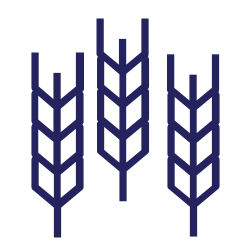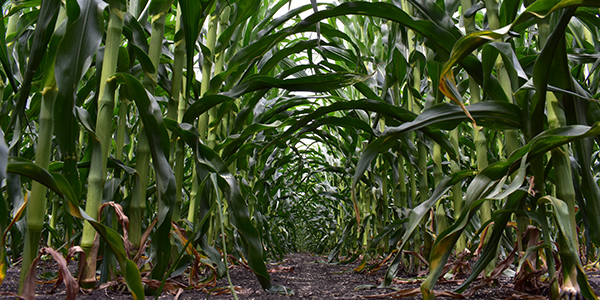Section Title
Seeing Ergot in Your Harvested Cereals?
Crop Types
- Wheat
- Winter Wheat
Ergot is caused by the fungal pathogen Claviceps purpurea, which causes large black growths (known as ergot bodies or sclerotia) to replace kernels. Available moisture in the spring promotes plant growth and flowering, but unfortunately it is also ideal for sclerotia germination. Cool, wet weather later in the year can prolong flowering and increases the opportunity for ergot infection by rain-splash.
Although grain yield loss tends to be minimal from ergot infection, it can result in economic loss from downgrading at the elevator. In wheat, the tolerance for No. 1 grade is only 0.04 per cent. The tolerance for barley is 0.1 per cent for feed and 0.02 per cent for malt. Tolerances are so low because consumption by humans or animals can seriously impact health.
While prevention is the best strategy for dealing with ergot, there are some harvest management techniques that may be valuable if ergot contamination is present:
- Delay swathing or harvesting: Delaying swathing or harvesting in areas of severe contamination (such as headlands) can allow winds to shake out ergot bodies from the head.
- Harvest separately: Consider harvesting areas where ergot contamination is the worst separately from the rest of the field. This grain should then be stored and taken to the elevator separately.
- Seed cleaning: While seed cleaning can be expensive, if farmers have access to the equipment, it may be worth it to avoid downgrading.
Unfortunately, there aren’t many control options available to prevent future ergot infection, but there are some management practices that can help:
- Crop rotation: Ergot bodies can only survive for approximately one year in the soil, so rotating away from cereals such as wheat, barley, rye and triticale for one or two years is recommended.
- Copper fertilizer: Addition of copper fertilizer to copper-deficient soils can greatly reduce incidence of ergot.
- Tillage: Burying cereal residue to a depth of four centimetres can prevent germination of ergot bodies the following growing season.
- Plant clean seed: Planting seed infected with ergot can lead to infection in fields that were previously clean.
- Sanitation: Native grasses along field edges often act as a host for ergot early in the season. Mowing around field edges before the grasses flower can minimize the risk of ergot infection.
Additional resources











